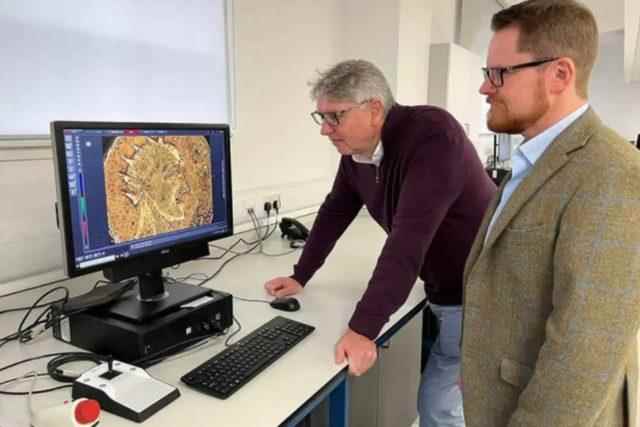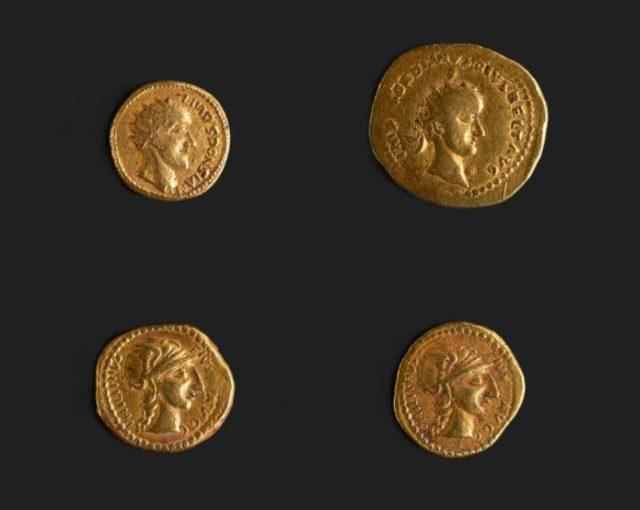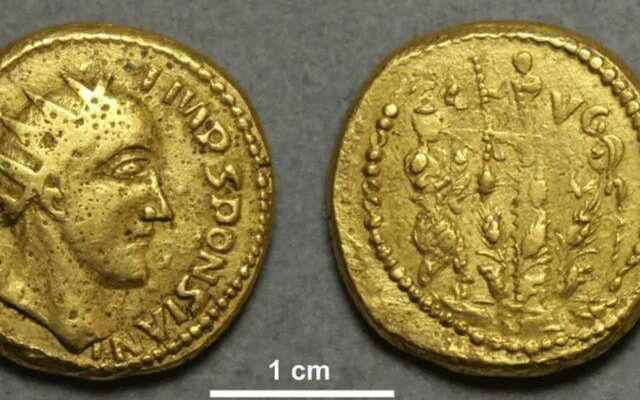A gold coin found in 1713 in Transylvania, Romania, proved that the 3rd century Roman emperor Sponsian, who was thought to have gone down in history as a fictional character, actually existed. According to the news in the BBC, the coin bearing the name and portrait of Sponsian was found in 1713 in Transylvania, which was the outpost of the Roman Empire more than 300 years ago.
IT WAS REMOVED TO THE MUSEUM CABINET BECAUSE OF FAKE
The coin was classified as “fake” after its discovery and was placed in a museum locker. Scientists say the scratch marks visible under a microscope prove that the coin was in circulation 2,000 years ago.
One of the team that revealed that the emperor is real, Prof. Dr. Paul Pearson said, “What we found is an emperor. He was someone who was thought to be a fake and ignored by experts, but we think he was real and played a role in history.” he said.
SEE IT WHILE STUDYING THE HISTORY OF THE ROMAN EMPIRE
When Pearson saw photographs of the coin while researching for a book on the history of the Roman Empire, he saw scratches on the coin’s surface, which he believed were caused by circulation. Pearson then contacted the museum’s management to investigate the coin, which was held under lockdown at the Hunterian Museum at Glasgow University because it was believed to be a fake.
It turned out to have been buried in the ground for hundreds of years.
Chemical analysis also showed that the coin had been buried for hundreds of years, according to Jesper Ericsson, the museum’s coin curator and who worked with Pearson on the project. Examined under the microscope, scratch marks proved that the coin was in circulation 2000 years ago.
While the coin in question was thought to be a genuine Roman coin until the mid-19th century, experts later suspected that it might have been produced by counterfeiters of the time due to its rough design.

In the National Library of France, Henry Cohen, the leading coin expert of the time, described the coin in question as both a “modern fake” and a “failed construction and a funny design” in 1863; Cohen’s view has been accepted by other experts, and Sponsian has been excluded from scientific catalogs to date.
Examining the three coins carrying Sponsian’s name and portrait under a stronger microscope, scientists confirmed that there were indeed scratches on them and that the patterns created by these scratches were formed as a result of being transported in the pouches. Details of the research were published in the journal PLOS 1.
WHO WAS THE SPONSIAN?
Researchers speculate that Sponsian was a military commander who was crowned emperor of Dacia, the most remote and formidable province of the Roman Empire.
According to Jesper Ericsson, surrounded by enemies and cut off from Rome, Sponsian assumed the post of supreme command, probably in a time of chaos and civil war, protecting Dacia’s military and civilian population until order was restored and the province was evacuated in 271-275 AD.

“Our interpretation was that he was responsible for maintaining control of the military and the civilian population because they were surrounded and completely cut off. They decided to mint their own coins to create a functioning economy in the area,” Ericsson said. made its assessment.
Pearson added, “Maybe they didn’t know who the real emperor was because there was a civil war, but in the absence of any real power from Rome, what they needed was the supreme military commander. (Sponsian) He took command when a commander was needed.” said. The coins are on display at the Hunterian Museum in Glasgow, Scotland.
(AA)
